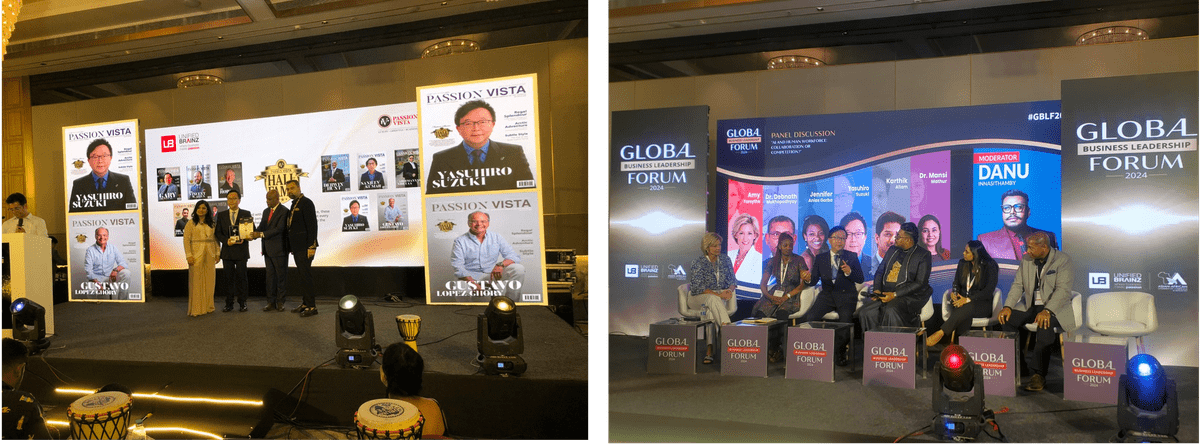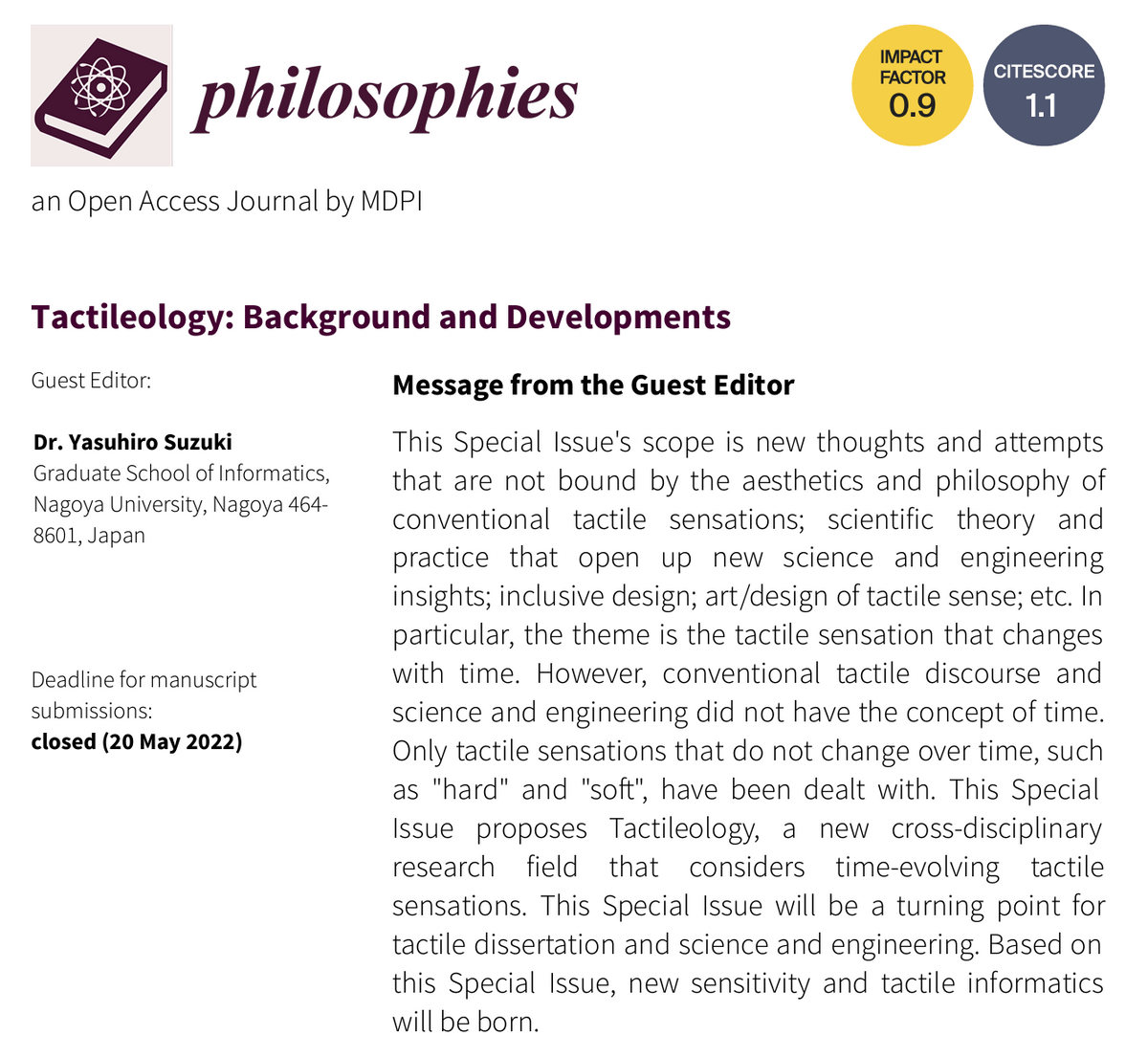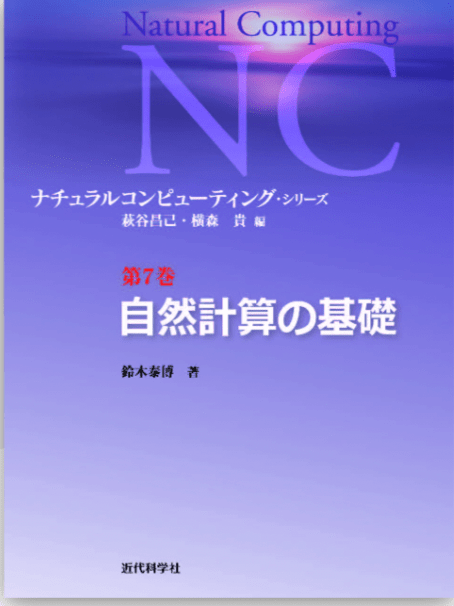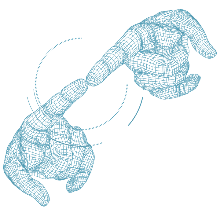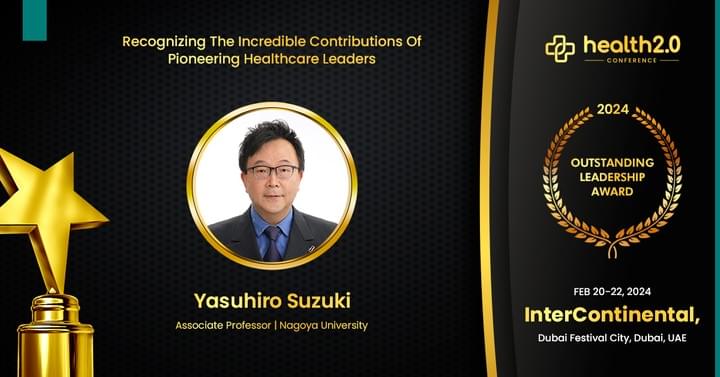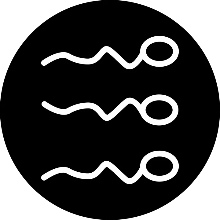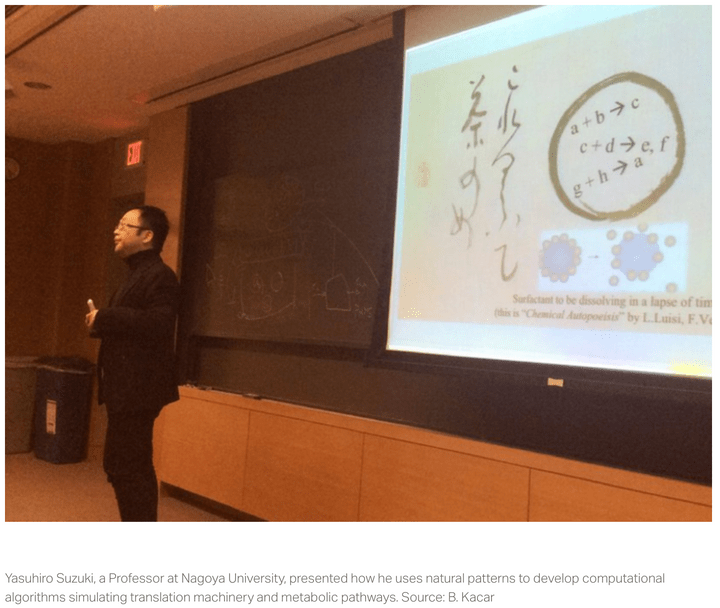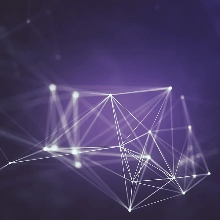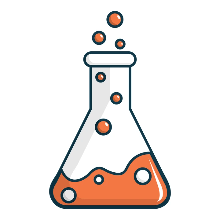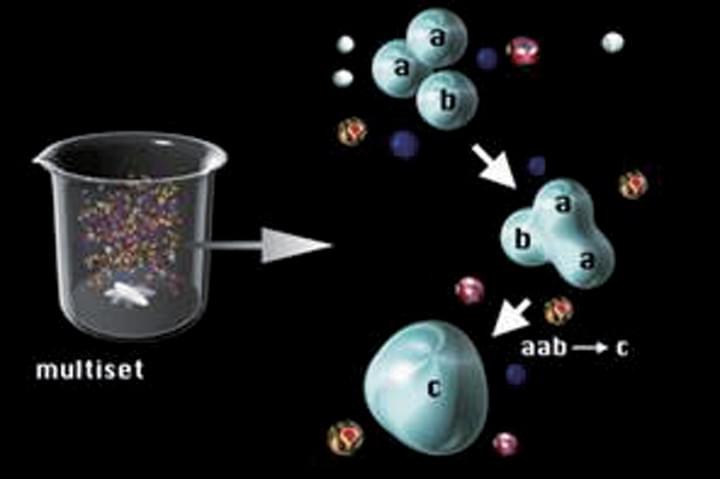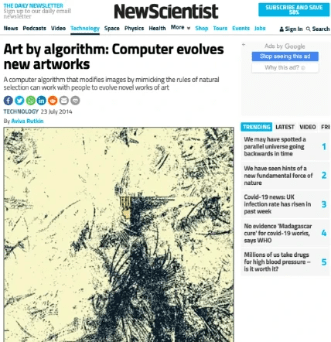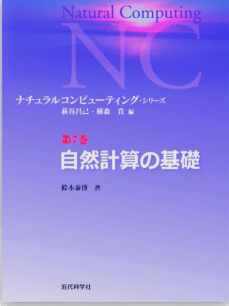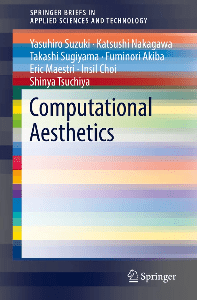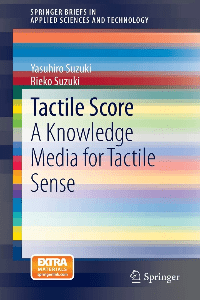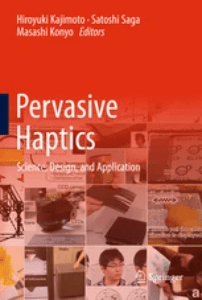
my primary products are ideas
Yasuhiro Suzuki

Hall of Fame 2024, Passion Vista magezine
2024 APR.
The digital transformation of the sense of touch, also known as Tactile DX, and the technological development of Kaoh Rythm have been recognized by Passion Vista magazine as part of the Hall of Fame 2024.
This recognition has come as a delightful surprise. As a scientist, I am accustomed to working diligently behind the scenes, often without much fanfare. Our primary focus has always been on enhancing user satisfaction, and that has been our greatest reward. We never guessed our project would be recognized from abroad, not from my motherland, Japan.
Recently, I attended the award ceremony for the Global Business Leadership Forum 2024 in Mumbai, where we were honoured with this prestigious accolade. It was a grand, glamorous, and enjoyable event. I want to express my deepest gratitude to Passion Vista for spotlighting those of us who work in the shadows.
Health 2.0 Outstanding Leadership Award for TactileDX
2024 Feb.
The Health 2.0 Conference is a global event that brings together healthcare and wellness experts worldwide to discuss the healthcare industry's revitalisation. It was first launched in California, USA, in 2007 and showcased the latest advancements in health technology and medical case studies. The conference provides a platform for various industry players, including large corporations, start-ups, and investors, to connect, share knowledge, and collaborate.
Moreover, the conference acknowledges healthcare leaders and companies that have significantly contributed to the industry, pushed innovation forward and led change through an international award program. The Health 2.0 judging panel selects the award winners based on five criteria: industry recognition, academic achievement, business results, outstanding creativity, and decisive leadership. This recognition is a testament to their contributions to knowledge and innovation in the healthcare industry.
Tactileology
Special Volume on Tactileology in "philosophies" journal -> LINK
This Special Issue's scope is new thoughts and attempts that are not bound by the aesthetics and philosophy of conventional tactile sensations; scientific theory and practice that open up new science and engineering insights; inclusive design; art/design of tactile sense; etc. In particular, the theme is the tactile sensation that changes with time. However, conventional tactile discourse and science and engineering did not have the concept of time. Only tactile sensations that do not change over time, such as "hard" and "soft", have been dealt with. This Special Issue proposes Tactileology, a new cross-disciplinary research field that considers time-evolving tactile sensations. This Special Issue will be a turning point for tactile dissertation and science and engineering. Based on this Special Issue, new sensitivity and tactile informatics will be born.
本特集の対象は、従来の触覚の美学や哲学にとらわれない新しい思考や試み、新しい科学や工学の知見を切り開く科学的な理論や実践、インクルーシブデザイン、触覚のアート/デザインなどである。特に、時間と共に変化する触覚がテーマである。しかし、従来の触覚言説や理工学には時間の概念がなかった。硬い」「柔らかい」など、時間の経過とともに変化しない触覚のみが扱われてきた。本特集号は、時間的に変化する触覚について考える新しい学際的研究分野「触覚学 Tactileology」を提案する。
「自然計算の基礎」
Foundation of Natural Computing
自然計算の基礎
(Fondation of Natural Computing, in Japanese)
近代科学社 刊 (2023年2月22日)
自然計算について、20年以上にわたり、スクラッチ(なにもないところ)から地道に素朴に考えてきた結果です。最初の10年ぐらいは、ライプニッツの哲学をベースに考えようとして、小石を積み上げるような日々、を送るも、やがて「無理」であることを思い知りました。
基盤を失い呆然。原稿をボツにするしかなく遭難し、数年間はどうにもならなくなって「漂流」することになります。やがて、南方熊楠の思想と出会います。熊楠はあまりにも巨大な知で、全く歯が立たない。そこで、彼が活躍した田辺や熊野で現地取材をしたり、彼の書いた原稿を直接調したり、しながら彼の知に触れ、計算についての考え方も変わっていきました。そして、この著書は私自身も思ってもみなかった方向へと向かっていきます。最終的に行き着いた地平は「自然計算がヒトと自然を融合する」でした。
Foundation of Natural Computing, Yasuhiro Suzuki, Kindai-kagaku-sya 2023 (in Japanese) In this book, a theory of computation based on Buddhist philosophy is proposed based on criticism of Leibniz. Furthermore, based on that theory of computation, tactile computation is introduced; Computing with Tactile sense is not just a theory on the table; the authors have commercialized and commercialized tactile artificial intelligence. Moreover, part of their business is applied to the treatment of dementia.
publication List
論文業績リスト
from "Highly Attracted" publications
注目度が高い研究成果から

Tactile Score / Tactileology
for creating Nature Computing model by using Tactile language
触譜および触覚学
触覚による自然計算系の構築
I and professor Masami Hagiya (Tokyo Univ.) have found a research group of Natural Computing in JSAI: and I've considered "what is Nature + Computing" then proposed computerized nature by the algorithm; the universal language in Nature is the tactile sense, so we proposed the Tactile Score. Tactile Score is a breakthrough to open up novel research area "Tactileology".. Please see "Mission" below
人工知能学会に自然計算の研究グループを東大の萩谷教授と立ち上げ,自然と計算について考えてきました.私は自然のアルゴリズムによる計算系化を提案しています.自然の共通言語は「触覚」なので,触覚を記述するための「触譜」を提案しています.触譜がブレークスルーとなり「触覚学」という研究分野が拓かれました.
”ミッション(日本語)”で解説しています.ご覧ください

Digital Transformation of Tactile Sense
触覚のデジタルトランスフォーメーション
I have been involved in innovative research and development of digital transformation technology that focuses on the sense of touch using Tactile Score (the notation of tactile sense we have proposed). My pioneering work in this field has been successfully applied in various industries, including healthcare and beauty. I am proud to have been recognized for my contributions with the Health 2.0 Outstanding Leadership Award I received in Dubai in 2024.
触覚を記述する言語として提案した触譜を基盤として、触覚のデジタルトランスフォーメーション技術の研究開発を行っています。その成果はヘルスケアや美容ほかに応用されています (Health 2.0 Outstanding Leadership Award受賞, 2024 ドバイ)

Create a computational life in PC
"生命体"をコンピュータ内に創発させる
I proposed computational chemistry and by using it, I succeeded to create computational living systems in PC; they evolve themselves from single cells to multi-cell and can adjust to environmental change. And also I can implement chemically this system by using "real" DNA molecules... it may not be an Artificial Life but Real Life.
私は計算機内に化学反応系をつくり,そのなかに生命体を創発させることに成功しました.この生命体は自ら単細胞から多細胞へと進化を行いさらに環境の変動に対して適用します.私はさらにこのモデルをDNA分子により化学的に実現しました...これはもうArtificial Lifeではなく,Real Lifeといえるかもしれません.

Proto-Computation and Proto-Life Workshop
from Workshop of Astrobiology of NASA
at Harvard Univ
NASA宇宙生物学ワークショップでの講演から
"Yasuhiro Suzuki, a Professor at Nagoya University, presented how he uses natural patterns to develop computational algorithms simulating translation machinery and metabolic pathways." (from NASA Astrobiology Web page)
上述した「生命の起源」の計算モデルについてNASA 宇宙生物学が主催のワークショップ(ハーバード大)での講演.この話題は時を経ても興味をもっていただけるようです.
「ハーバード界隈ではしばらく,君のモデルの話でもちきりだったよ」と後から言われました.嬉しくも恐縮.

Protein Interaction Networks
タンパク質相互作用ネットワーク
I proposed a novel method for analyzing large scale complex networks and this method has applied to analyze protein interactions in yeast then prevail hidden structures and also my method can discover drug-targeting proteins
私は大規模ネットワークを解析する方法を提案しました.この方法は酵母のタンパク質ネットワークの解析に応用され,複雑な構造に内在していた「秩序」が発見されました.また私の方法は製薬の標的タンパク質の発見方法としても有用なことが示されました.

Abstract Rewriting System on Multisets, ARMS
a model of Chemical Reactions
ARMS計算モデル, 化学反応の計算モデル
I proposed a computational model, Abstract Rewriting System on Multisets, ARMS as an abstract model of Chemical Reactions. This model is based on Computational Algebra and Physical Chemistry. Also ARMS a computational expression of the philosophy of Minakata Kumagusu, Japanese Naturalist. He is a monster, published 51 papers in Nature. ARMS did a simulation of Belouzov-Zhabotinsky reaction by using the symbol rewritings and made a "boom" of BZ reaction in Computational Algebra and in some PhD thesis treated ARMS (in EU).
化学反応の計算モデルとして計算代数と物理化学を基礎としたARMS計算モデルを提案しました.この計算モデルは南方熊楠(51本の論文をNatureで発表した知の巨人)の哲学の計算論的な表現になっています.ARMSの研究の当初,Belousov-Zhabotinskii反応という非線形化学反応を"文字書き換え”でシミュレーションしたのが注目され,計算代数でBZ反応が流行したり,ARMSを基にした博士学位論文(欧州)が書かれたりしています.

Abstract Rewriting System on Multisets
抽象化学系
An artificial chemistry is a chemical-like system that usually consists of objects, called molecules, that interact according to rules resembling chemical reaction rules. Artificial chemistries are created and studied in order to understand fundamental properties of chemical systems, including prebiotic evolution, as well as for developing chemical computing systems. Artificial chemistry is a field within computer science wherein chemical reactions—often biochemical ones—are computer-simulated, yielding insights on evolution, self-assembly, and other biochemical phenomena. go to WikiPedia
大学院生の時に提案した化学反応の抽象計算モデル Abstract Rewriting System on Multisets ですが... AROB そしてALife Vという日本で開催された人工生命の国際会議で発表して以来飽かずにコツコツと基礎からつくってきました.

Art by Algorithm
New Scientist
進化する絵画, New Scientist誌で紹介
"A computer algorithm that modifies images by mimicking the rules of natural selection can work with people to evolve novel works of art"
https://www.newscientist.com/article/mg22329793-800-art-by-algorithm-computer-evolves-new-artworks/#ixzz6Mnxgwc1q"プロの漫画家でもあった大学院生のSさんと,進化的アルゴリズムにより絵画を進化させる試みを行なった.この研究はNew Scientist(英国)以外にも,フランスの雑誌からの取材もあり,また「アートに対する挑戦」として,知らないうちに小さな論争になっていたりした..
ys Journal
mostly in Japanese
コラボレーションProcess of collaboration
from past works
これまでの事例から

Tactile Animation
Back Ground "Tactile" not Music. Tactileology is a science&engineering of time-varying tactile sense like a melody; which enable us to use Tactile Sense like a Music. Collaboration with an Tactile Artist & NTT we created an "Tactile Animation; animation + melody of various tactile. (ICC art-museum, 2018, her cushions vibrate the body, while watching the animation).
触覚学は音楽のメロディのように時間変化する触覚を扱います.触覚アーティストとNTTと共同して,アニメーションにメロディのように時間変化する触覚を組み合わせた作品を制作しました(ICC美術館, 2018)
What is the Tactile Score?
describe method to a "melody" of tactile sense
Q. 「触譜」ができてどうなった?
Answer
1. あたらしい学術分野の創成
日本触覚協会の創設
2. 社会実装
臨床医療への応用(認知症への介入 )
美容
3. 触覚のアートへの応用
Matchatria (アートパフォーマンス, ベルリンほか)
セレブレーション-日本ポーランド現代美術展 2019,
SHOKKAKU 2019,
パフォーマティブ・コンサート(京都市交響楽団-石橋義正), 2021
4. 感性・触覚人工知能
言語・論理でなく感性で動作するAI
what is Tactileology?
in Japanese (3min)
SUMMARY
In this talk, I introduce Tactile-Sensibility Artificial Intelligence, which processes not logic or language but Informations transformed into Tactile Score,T-bit.
T-bit enables us to processing Tactile and Sensibility of Informations and also easy to combine with ordinal IoT or Information Techniques.
By using T-bit technique, we will able to create a "Draemon" in the near future.
Portfolio
No hay caminos, hay que caminar
Tactile Music ... music for "skin"
音になった触覚
collective works, sonification of tactile sense
触覚音楽の作品集です
Music for skin, (by Yasuhiro Suzuki) I have composed music not for ears but skin; all works transformed from something in nature or man-made things: everything (audio, visual) media turned into a Tactile Score, T.S: and the T.S. transformed into sounds: in some of the works include haptic vibrations in the background, so you can enjoy it not only listening but also touching ... touch the speaker unit ;-)
サウンドクラウド(soundcloud フリーの音楽サイト)には自然・社会・歴史的演説・などなどから抽出された「触覚」をそのまま音に変換した,触覚音楽があります.スマッシュ!ヒット(笑)は,競馬の実況中継の触覚,から制作したKEIBAです.この楽曲は英国のレコード会社からプロモーション契約を依頼されたこともありました ;-)
the history of tactile score (short movie)
Toward the Tactile Score, by Y. Suzuki, this work shows how the Tactile Score has been obtained. From massage to the tactile score; this short movie illustrates the brief history of the "tactile score". このショートムービーではマッサージから触譜(マッサージや触覚を記述するためのノーテーション)に至ったかの歴史がまとめられています。

Creating Tactile Score from a Japanese Old Tale, "Tale of Heike"
ACM Digital library _ CHI2014 we extract tactile sense from an Old Japanese tale, the tale of Heike and describe it by using Tactile Score and we generate music and haptic vibration by transforming from the Tactile Score
Creating Tactile Score from a Poem
Matchatria is an art performance project by Yui Kawaguchi and Yoshimasa Ishibashi; we transform a poem to Tactile Score and retransform from Tactile Score to haptic vibration waves and music.
SENSONIC ... haptic vibration designed by Tactile Score
Hand massage is the art of tactile engineering, it has several thousand years history, but we can not massage thousands of people in parallel; hence we have developed a method to convert Tactile Score into Haptic Vibration, SENSE + SONIC = SENSONIC

Beauty Treatment by SENSONIC
We have proposed SENSONIC, which is a highly designed haptic vibration wave composed of Tactile Score. We produced beauty equipment by using SENSONIC and did a demonstration at the event, Niconico Chokaigi https://www.chokaigi.jp/
Society Implementation ... "Branding" Beauty Treatment Shop
Tactile Sense is irreducible and essential but almost has ignored; implement research activities of tactile sense into society is the most important; I have been "branding" beauty treatment based on primary research of tactile sense as FaceTherapie(TM): in order to create "the brand", I have been working as a photographer, designer, movie maker ... (this photograph is one of my artwork).
Shokkaku 2019
29-30, 2019 at Kyoto University JAPAN
We have developed various tactile/haptic techniques and new media: in Shokkaku 2019, we collaborate with cutting edge artists and explore the future based on Tactileology.
I was planning and producing this event.
Published books
from books I published or edited

Foundation of Natural Computing
Yasuhiro Suzuki (in JPN)
In this book, a theory of computation based on Buddhist philosophy is proposed based on criticism of Leibniz. Furthermore, based on that theory of computation, tactile computation is introduced; Computing with Tactile sense is not just a theory on the table; the authors have commercialized and commercialized tactile artificial intelligence. Moreover, part of their business is applied to the treatment of dementia.
In this book, we proposed the philosophical and computational foundation of Natural computing. Namely, we built a novel framework of Natural computing as Inter-Induced computing based on the philosophy of Kumagusu Minakata, a Japanese naturalist. We show an example of Inter-Induce computing as Computing with Tactile sense.
Computational Aeshetics
The first-ever book to explore the value of tactile sense studies for ergonomic engineering
The essence of natural computing is aesthetics; for example, in cooking, one of the most common forms of natural computation, the decision to add salt, and how much, is based on the aesthetics of taste. Because touch perception is instinctively related to a sense of beauty, the aesthetics of tactile sense are considered as algorithms by using the Tactile Score, which encodes tactile sensation. This book will appeal not only to researchers of natural computing or aesthetics, but also those working in ergonomic design, haptic-Kansei engineering, philosophy, design and art.
Tactile Score,
This book deals with one of the most novel advances in natural computing, namely, in the field of tactile sense analysis. Massage, which provides relaxation and stimulation for human beings, is analyzed in this book for the first time by encoding the motions and tactile senses involved. The target audience is not limited to researchers who are interested in natural computing but also includes those working in ergonomic design, biomedical engineering, Kansei engineering, and cognitive science.
Computational Aesthetics: from Tactile Score to Sensory Language in "Pervasive Haptics,
Based on General Computational Science GCS, Aesthetics is the core of computation; in this book we consider GCS and propose the Computational Aesthetics which is not relating to prior considerations by Barkov or Kawamoto

Creating novel Aesthetics
Fuminori Akiba (in JPN)
Our Research activities in Natural Computing, (Harness computing), Tactile Score, etc are introduced. I did design the cover of this book; the graphic of the book is the scientific visualization (related to the Lotoka-Volterra equations). He proposed novel Aesthetics based on our "Harness computing".
Education
CV

Japan Advanced Institute of Science and Technology
Theoretical Computer Science, (Master degree)
Japan Advanced Institute of Science and Technology:JAIST (北陸先端科学技術大学院大学, hokuriku sentan kagaku gijutsu daigakuin daigaku) is a postgraduate university in Japan, established in 1990.JAIST found in the center of Ishikawa Science Park (ISP). It located in the south of Kanazawa City. JAIST has various programs of advanced research and development in science and technology.

Kyoto University
Dr. of Informatics
Kyoto University (京都大学 Kyōto daigaku), or Kyodai (京大 Kyōdai) is a national university located in Kyoto, Japan. It is the second oldest Japanese university,[4] one of the highest-ranked universities in Asia and one of Japan's National Seven Universities. One of Asia’s leading research-oriented institutions, Kyoto University is famed for producing world-class researchers, including ten Nobel Prize laureates, two Fields medalists and one Gauss Prize. The university has been consistently ranked as the second-best institute in Japan since 2008 in various independent university ranking schemes.
Experience
CV

School of Informatics and Science, Nagoya University
associate professor 2005 - Present
Assoc. Prof. of Department of Complex Systems Science, Chairman of Special Interest Group of Natural Computing, Japanese Society of Artificial Intelligence.

School of Design and Architecture, Nagoya City University
adjunct lecturer 2006 - 2019
I am teaching the theory of the medium, in this lecture, I try to explain "tactile score" as a novel medium for non-verbal communications

National Institute of Science and Technology Policy
Investigator 2002 - ? (now I am not)
review and explore, potential areas of science and technology in Japan and world

Graduate School of System Design and Management, Keio University
Researcher 2012 - 2014
We have developed "very exciting ;-)" systems that evoke a tactile sense

Advanced Telecommunications Research Institute International
researcher 2003 - 2005
Human Information Science Lab; I have developed a model of a chemical system

Medical Research Institute, Tokyo Medical and Dental University
research associate 1997 - 2005
I have developed medical engineering systems (image processing for diagnoses congenital disability, VR operation system for brain cancer, Medical Expert system), Systems biology (specificity of protein-protein networks) and Artificial Life (computational model of the origin of life).
Copyright 2014
